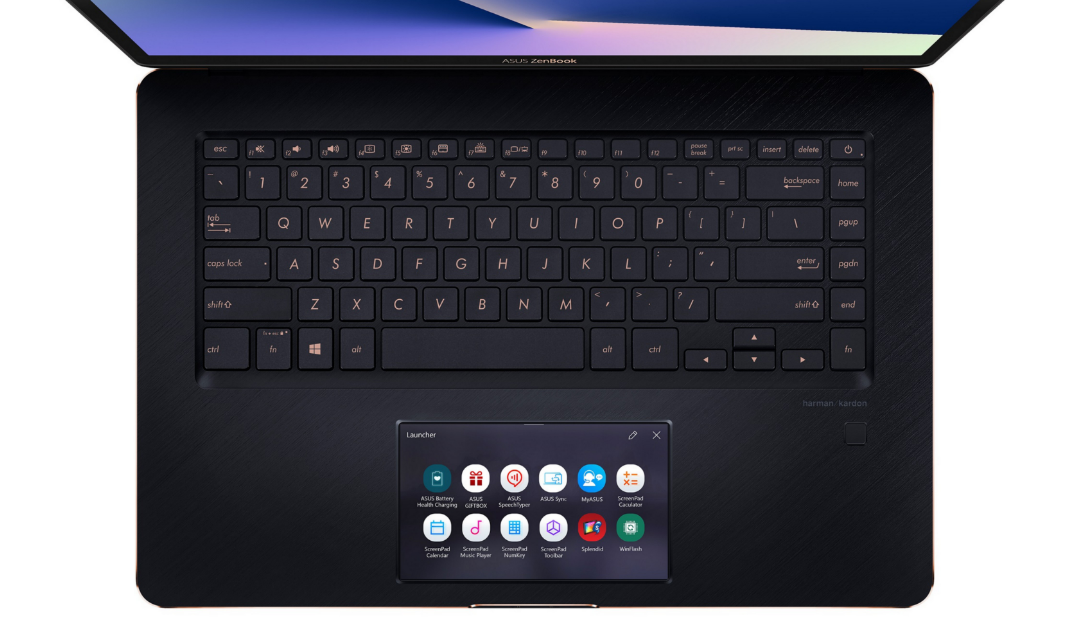
Ever since Apple introduced its latest redesigned iteration of the Apple MacBook Pro with Touch Bar, the question of usefulness and meaning of an auxiliary touchscreen has been the subject of debate, as consumers grasp with the notion of having to pay attention to more than just one display while using their laptops.
Apple’s approach to integrating a touchscreen to MacBook users is subtle, perhaps too subtle, as some have likened that usefulness of the Touchbar to that of an advanced tinker-toy, with some limited application delving into enhancing the experience of using apps like Photoshop and MS Office.
The tiny OLED touch strip that effectively replaces the function keys, much to the dismay of programmers and power-users still lamenting the loss of the Escape key, defaults to a set of virtual function keys, which changes into other more complex configurations, depending on the widget developed for it. For instance, when using Photoshop, it’s possible to use the Touch Bar to access the color picker, and change different brushes. Other applications like Mail or Safari allow for a mix of interactive and less interactive feedback, such as email and instant message notifications, which brings the MacBook Pro a step closer to an iOS device like the Apple iPhone.
Asus has quietly taken its time developing a competing solution for an auxiliary touchscreen, that at the very least matches the usefulness of the MacBook Pro Touch Bar, with the Asus ZenBook Pro ScreenPad, unveiled last week at the Cumputex Trade Show. In this instance, Asus has taken a completely different approach, in light of the fact that Windows 10 users would definitely not be happy about anything replacing or eliminating their function keys, or the Esc key. As a result, the 5.5 inch touchscreen introduced with the laptop replaces the trackpad, something that some thought Apple would do amidst rumors of the then-upcoming MacBook Pro.
It goes without saying that the ScreenPad on the ZenBook Pro works in a radically different way than the Apple Touch Bar. For one thing, it completely takes over the job of the regular trackpad as its base function, and because it’s a touchscreen, the tracking accuracy is expected to be far superior to that of a regular trackpad relying on haptic feedback or other types of electro-mechanical feedback.
Microsoft and Asus have worked together to enhance the ScreenPad with shortcuts for Microsoft Office, as the company gets ready to release an app development kit to expand the ScreenPad further.
Asus went on record with the idea that the ScreenPad, should it catch on, may replace all future Asus laptops trackpads going forward. Rumors also hint to the possibility that the ScreenPad may someday support the use of a stylus, which can be useful for many different things, like signing documents electronically, doing creative work in drawing apps, or taking notes.
The big question here is whether Apple is interested in expanding its Touch Bar to a size similar to what Asus has done. The chances of that happening depend on Apple’s willingness to lean towards blending functionalities across iOS and Mac OS, as touchscreens on Macs are still a hot button issue for Tim Cook especially, as he frequently reiterated the company’s stance against any type of iOS/Mac OS convergence.
A 5.5 inch Touch Bar would be close in size to an iPhone, and that would represent a slippery slope that Apple seems to want to avoid at all costs. On the other hand, by keeping the Touch Bar at a conservative size, with functionality limited to widgets and notifications, Apple may just make that happen.